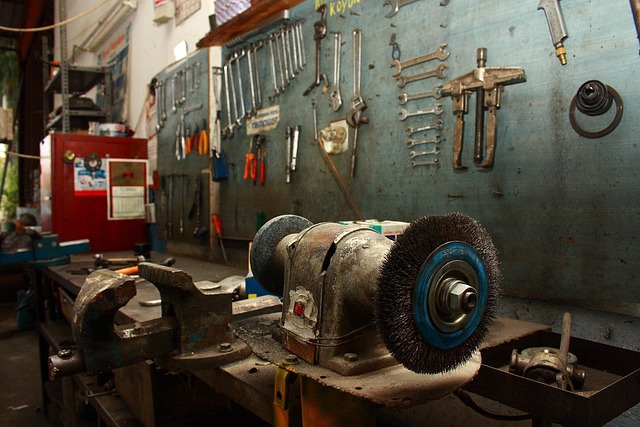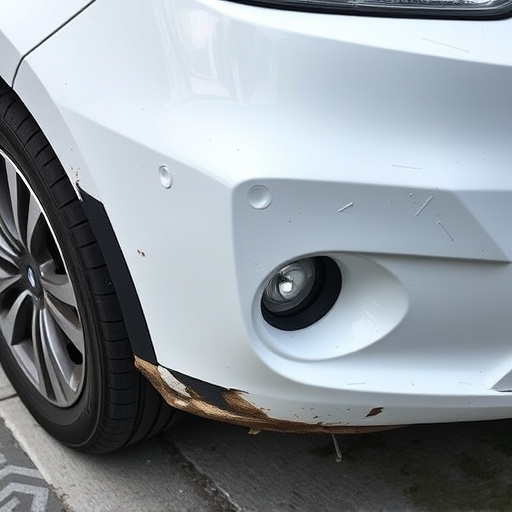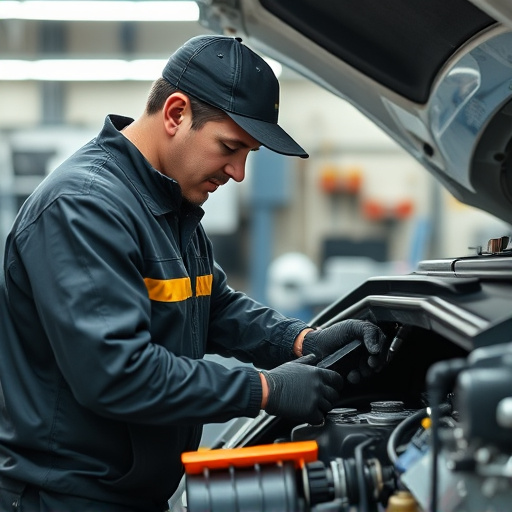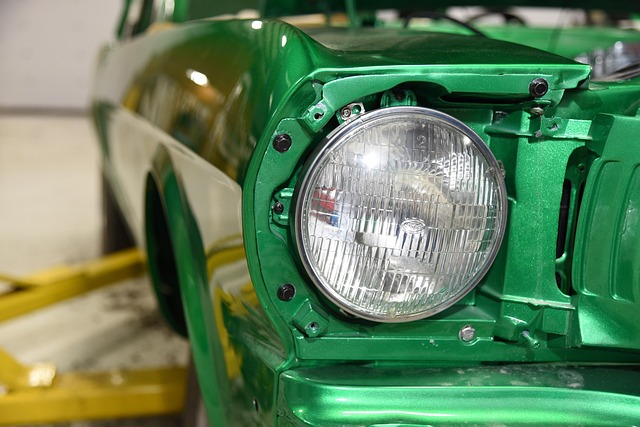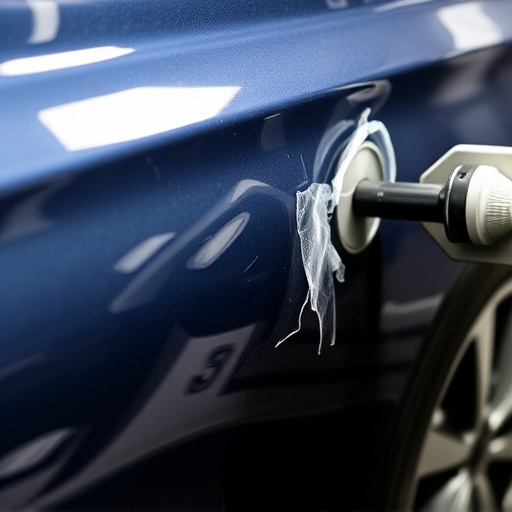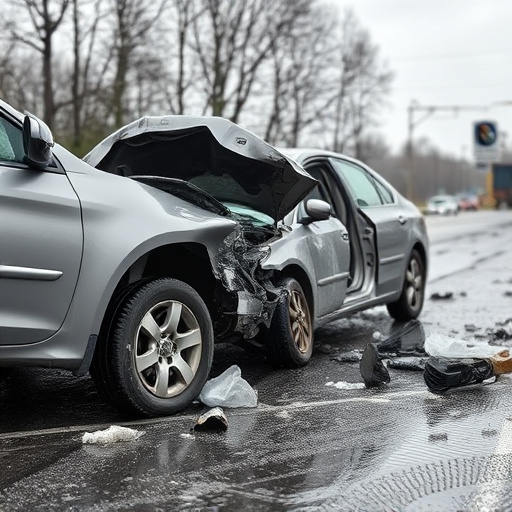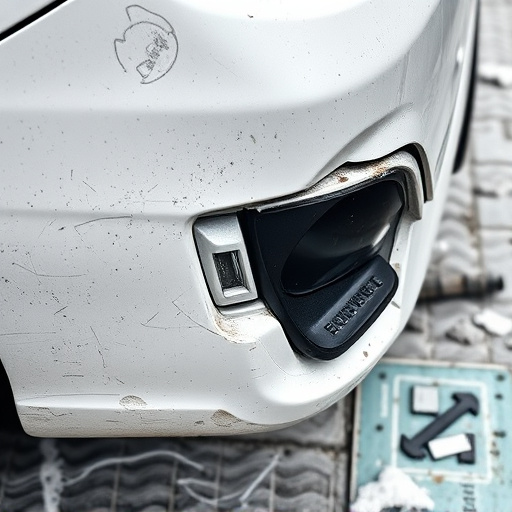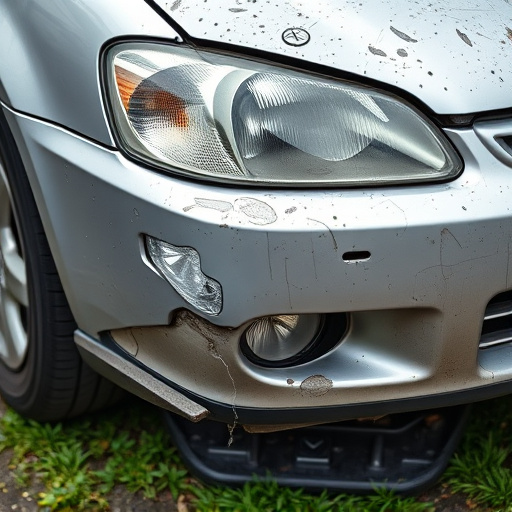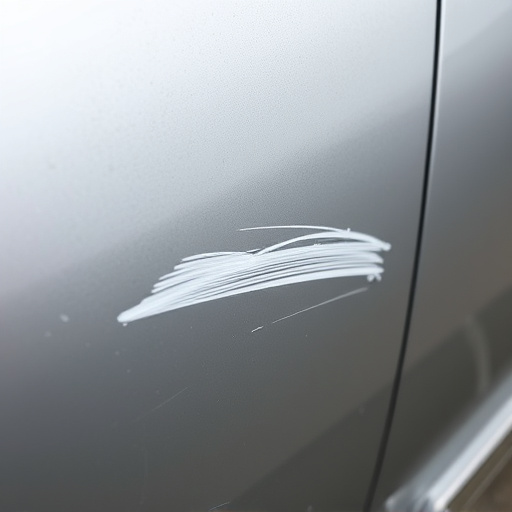Crash worthiness restoration is a specialized automotive field requiring advanced knowledge of vehicle dynamics and material science. Certified professionals use tools like CAD software and 3D printing to accurately assess impact, fabricate components, and ensure passenger safety. Industry-recognized certifications like I-CAR Gold Class and ASE Collision Repair validate skills in damage analysis, repair techniques, and material compatibility, raising standards and career prospects for top-notch restoration across various vehicle models.
In today’s automotive industry, ensuring vehicle safety is paramount. Among various critical aspects, crash worthiness restoration stands out as a specialized skill set aimed at maximizing structural integrity during accidents. This article explores industry certifications that validate expertise in crash worthiness restoration techniques, covering both foundational knowledge and practical application. We’ll delve into popular certification programs, their benefits for professionals, and the industry’s growing recognition of these essential skills.
- Understanding Crash Worthiness Restoration Basics
- Popular Certifications for Restorative Techniques
- Practical Application and Industry Recognition
Understanding Crash Worthiness Restoration Basics
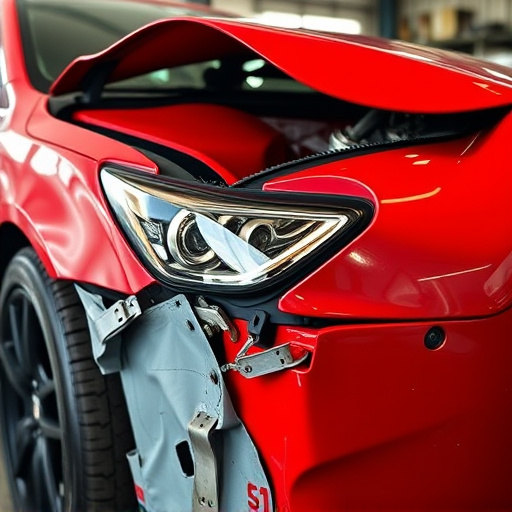
Crash worthiness restoration is a specialized field within automotive collision repair, focusing on restoring vehicles involved in accidents to their pre-crash condition while ensuring safety and structural integrity. This process involves a deep understanding of vehicle dynamics, material science, and advanced repair techniques. Professionals in this domain are trained to assess the impact of a collision, accurately measure and calculate necessary adjustments, and precisely fabricate or replace damaged components to maintain the vehicle’s original design and performance characteristics.
Mastering crash worthiness restoration skills requires knowledge of various tools and technologies, including computer-aided design (CAD) software for precise measurements and 3D printing for complex parts reproduction. Trained specialists also learn how to handle hazardous materials, such as asbestos or lead, which may be present in older vehicles, ensuring they follow strict safety protocols throughout the collision repair process. This meticulous attention to detail is crucial for not only preserving the aesthetic appeal of a vehicle but also guaranteeing its structural soundness and passenger safety on the road.
Popular Certifications for Restorative Techniques
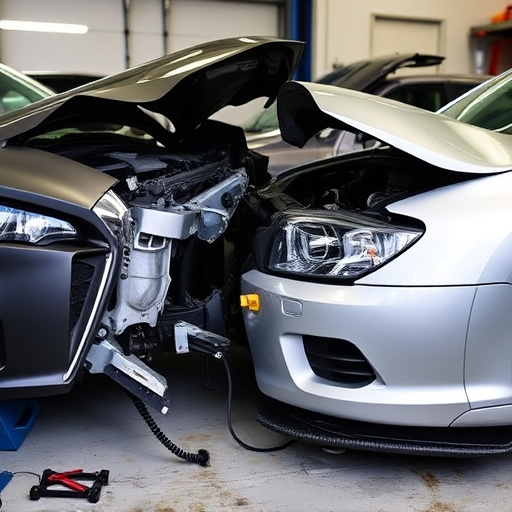
In the realm of automotive restoration, several certifications have emerged to acknowledge and validate specialized skills in crash worthiness restoration techniques. These industry-recognized credentials are designed to equip professionals with the knowledge and expertise necessary to handle complex vehicle repair services, ensuring both safety and aesthetic excellence. One prominent certification is the I-CAR (Inter-Industry Conference on Auto Body Repair) Gold Class, which covers a comprehensive range of topics, including damage analysis, repair procedures, and material compatibility—crucial aspects in achieving top-notch crash worthiness restoration for cars and other vehicles.
Another notable mention is the ASE (National Institute for Automotive Service Excellence) Certification in Collision Repair Technology. This credential demonstrates proficiency in various collision repair techniques, ranging from structural repairs to paintless dent removal. Given that vehicle repair shops often handle a multitude of vehicle makes and models, this certification assures clients and employers alike of the technician’s ability to deliver precise and reliable auto maintenance services. These certifications not only enhance career prospects for restorers but also contribute to raising industry standards in crash worthiness restoration across car repair shops nationwide.
Practical Application and Industry Recognition
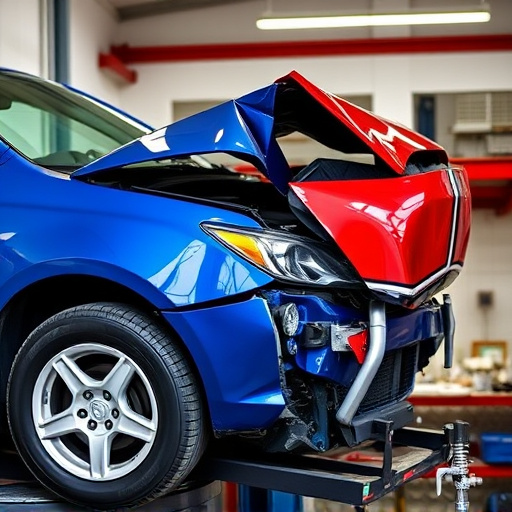
The true value of industry certifications lies not only in theoretical knowledge but also in their practical application. These certifications are designed to equip professionals with hands-on skills, ensuring they can handle real-world challenges related to crash worthiness restoration. By participating in simulated scenarios and workshops, individuals gain experience in repairing and restoring vehicles, including auto glass repair, a critical aspect of ensuring vehicle safety and functionality post-accident.
Industry recognition is another vital component that makes these certifications stand out. Reputable organizations and auto repair shops value these qualifications, recognizing them as indicators of proficiency and commitment to excellence. This recognition opens doors for individuals certified in crash worthiness restoration to secure positions in leading vehicle repair services, where they can contribute significantly to the safety and reliability of automobiles.
In light of the above discussions, it’s clear that industry certifications in crash worthiness restoration equip professionals with essential skills to repair vehicles damaged in accidents. Understanding the basics, acquiring recognized certifications, and demonstrating practical application not only enhance career prospects but also contribute to the safety and quality of vehicle repairs. These certifications are a testament to the dedication and expertise of restorers, ensuring that cars return to the road in top condition after often challenging incidents.

